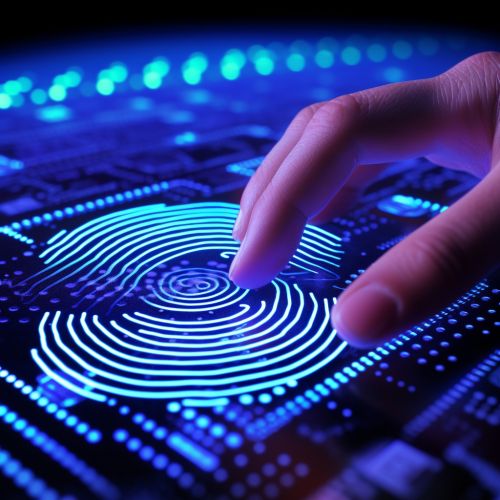The Science of Biometrics and Identity Verification
Introduction
Biometrics refers to the technical term for body measurements and calculations. It pertains to metrics related to human characteristics and traits. Biometrics authentication (or realistic authentication) is used in computer science as a form of identification and access control. It is also used to identify individuals in groups that are under surveillance.


Biometric Systems
Biometric systems rely on unique characteristics of individuals, often related to their physical traits. These systems can be divided into two main types: physiological and behavioral. Physiological characteristics are related to the shape of the body, and include but are not limited to: fingerprint, palm veins, face recognition, DNA, palm print, hand geometry, iris recognition, retina, and odor/scent. Behavioral characteristics are related to the pattern of behavior of a person, including but not limited to: typing rhythm, gait, and voice. Some researchers have coined the term behaviometrics for this class of biometrics.
Identity Verification
Identity verification is a process that is used to verify the identity of an individual or a system. This process can be conducted in a number of ways, such as through the use of passwords, smart cards, or biometric data. In the context of biometrics, identity verification is often used to ensure that the individual who is attempting to access a system or resource is who they claim to be.
Biometric Identification and Verification Techniques
There are several techniques that are commonly used in biometric identification and verification systems. These include:
Fingerprint Recognition
Fingerprint recognition or fingerprint authentication refers to the automated method of verifying a match between two human fingerprints. Fingerprints are one of many forms of biometrics used to identify individuals and verify their identity.
Face Recognition
Face recognition is a method of identifying or verifying the identity of an individual using their face. Face recognition systems can be used in a variety of ways, from static, print photographs to live video images.
Iris Recognition
Iris recognition is an automated method of biometric identification that uses mathematical pattern-recognition techniques on video images of one or both of the irises of an individual's eyes, whose complex patterns are unique, stable, and can be seen from some distance.
Voice Recognition
Voice recognition is the identification of a person from characteristics of voices. Voice ID, or voice authentication, is a biometric modality that uses an individual’s voice for recognition purposes.
Biometric System Performance and Issues
Biometric systems can suffer from two types of errors: false accept rate (FAR) and false reject rate (FRR). FAR measures the percent of invalid inputs which are incorrectly accepted. On the other hand, FRR measures the percent of valid inputs which are incorrectly rejected.
Privacy concerns in biometrics are high given the nature of the data being processed. The use of biometric data for identification and authentication purposes raises significant privacy concerns.
Conclusion
Biometrics and identity verification are critical aspects of modern security systems. They provide a robust and secure means of verifying the identity of individuals and ensuring the security of resources and information. However, they also raise significant privacy concerns that must be addressed in order to ensure the protection of individual rights.
